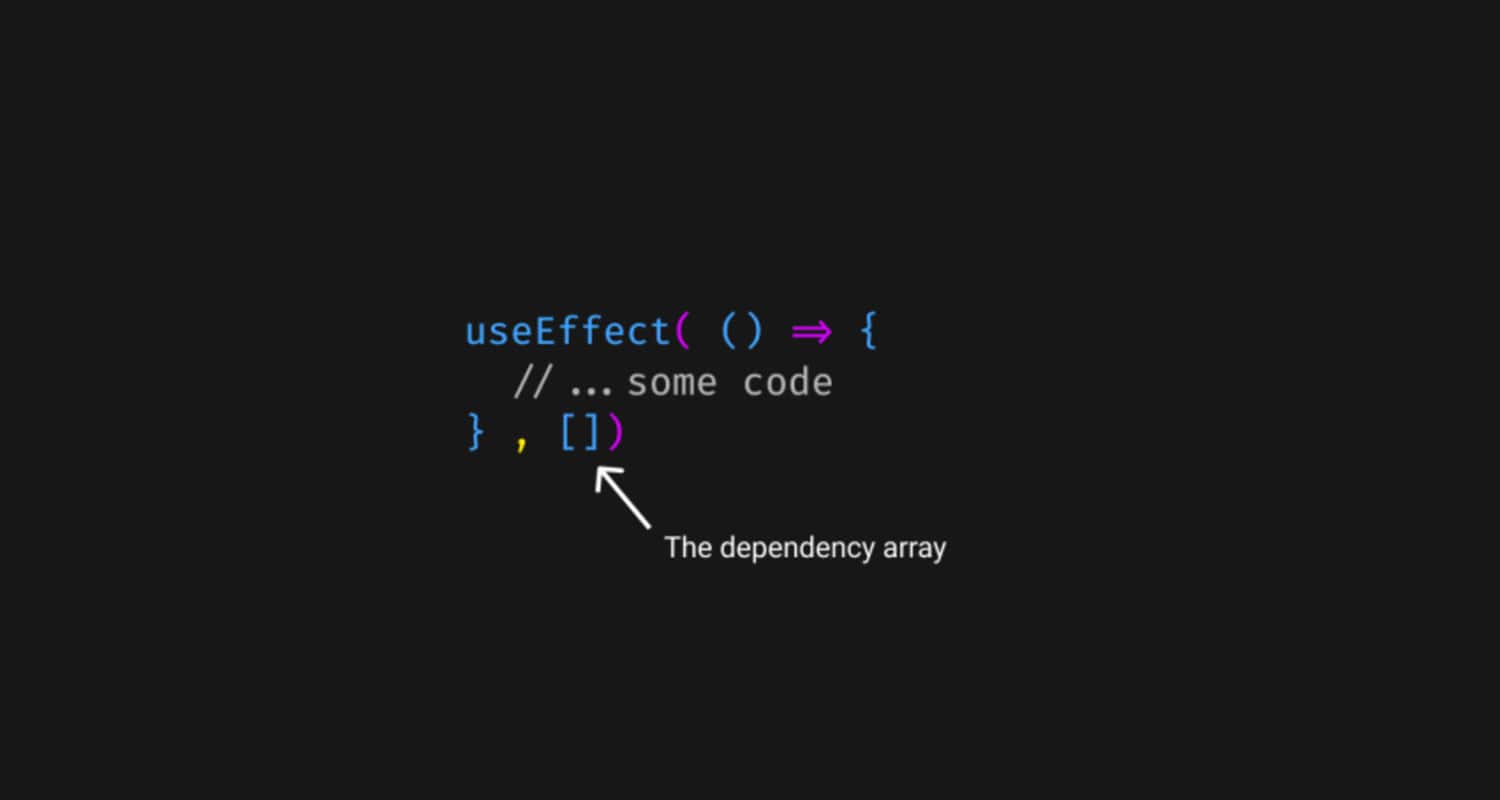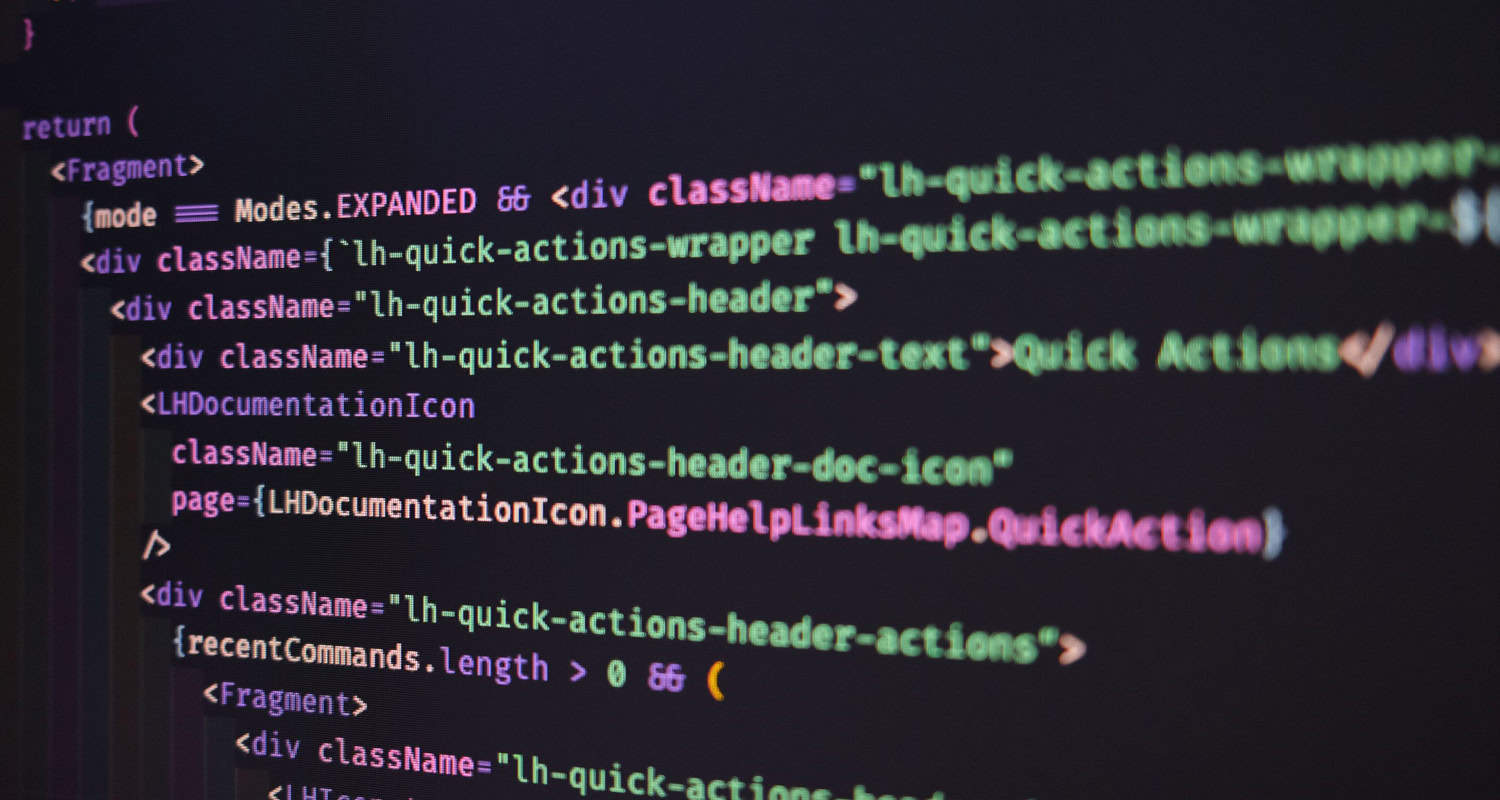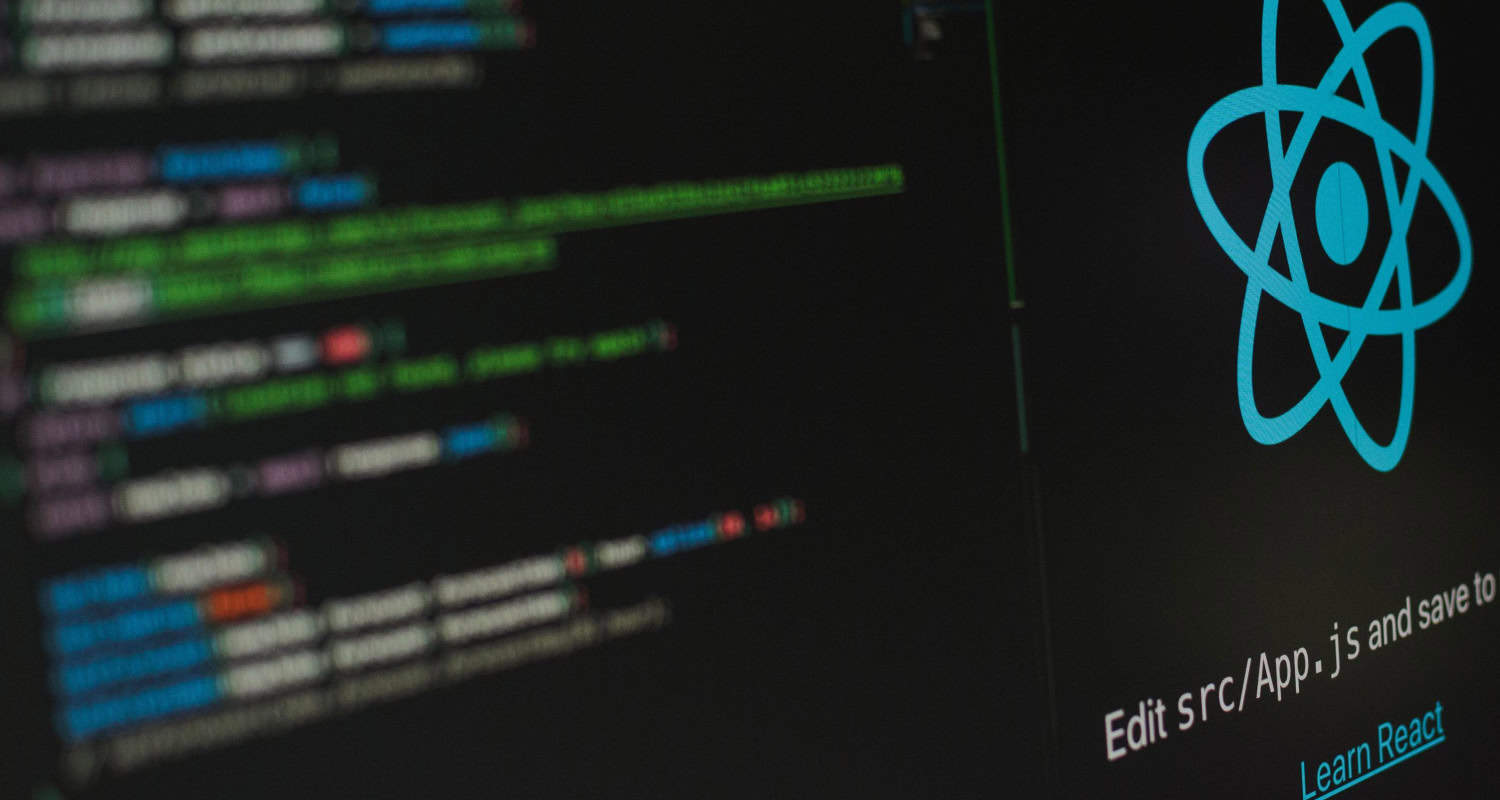In React, the idea of dependency arrays is closely related to hooks. Specific hooks, such as useCallback and useEffect, need two parameters. A callback, or function, is the first, and the dependency array is the second. It appears as an array of different variables.
This article will discuss the dependency array in React, the use of dependency arrays and their importance, the understanding of React’s dependency arrays and how to use them, and also the objective of useeffect[]. After this, it is followed by FAQs and a conclusion.
In 2024, React is expected to be among the most widely used front-end frameworks. Their React app’s functional components are managed using the useEffect hook. To understand how to use the react hooks dependency array correctly, we will go further into it in this post.
Table of Contents
React Hooks Dependency Array: What are they?
One helpful aspect that regulates when the effect should execute is the dependency array in the useEffect hook. The range of values on which the impact is dependent. React repeats the effect if any of these values change between renderings. React will bypass the effect if the values remain unchanged.

Any value within the component scope, including props and state variables, can be included in the dependency array. It is crucial to take into account every aspect that the effect makes use of, as they may alter over time.
This is because the useEffect callback method does not have access to the modified values in subsequent renderings, as it only obtains the data from the component scope during the initial render.
Visit: About Dependency Arrays
The Use of Dependency Arrays and their Importance
To manage the effect’s render time and avoid pointless renderings, the dependency array in the useEffect hook is essential. React is instructed to rerun the effect only in cases where the dependencies have changed by providing the dependencies.
This helps eliminate needless renderings and side effects, which can significantly enhance the efficiency of our React apps.

To make sure our code is proper, the dependency array is also crucial. During the first render, the values from the component scope are captured by the useEffect callback method. The effect will always utilize the original values if the dependencies aren’t specified, which might result in issues if the values change over time.
A prop-based effect, for instance, would constantly get data based on its original value regardless of changes to the prop if it were not included in the dependency array.
import React, { useEffect } from ‘react’;
function Example({ id }) {
useEffect(() => {
fetchData(id); // Fetches data based on the id prop
}, []); // Missing dependency: id
// …
}
The useEffect hook’s fetchData method in the example above retrieves data based on the id prop. Nevertheless, the dependency array does not contain the id prop. This implies that even if the id prop changes, the effect will still retrieve data based on the original id prop.
This may cause the component to display inaccurate data.
Using React’s Array Dependency
You may utilize an array in the useEffect hook of React as a dependency. JavaScript compares arrays in a way that makes this necessary, so proceed with caution. JavaScript compares the pointers of arrays rather than their contents.

This implies that if two arrays are not the same instance, they are considered separate even though they have identical contents. When applying arrays in the useEffect dependency array, this may result in needless re-rendering.
A new collection is formed each time the component re-renders; even though the contents of the new array and the old array are identical, they are still regarded as distinct arrays since they are not the same instance. As a result, the effect is executed via the useEffect hook on each render.
By memorizing the array and only recalculating it when the inputs change, you may utilize the useMemo hook to prevent needless re-renders.
import React, { useState, useEffect, useMemo } from ‘react’;
function Example() {
const [count, setCount] = useState(0);
const arr = useMemo(() => [count], [count]);
useEffect(() => {
console.log(arr[0]);
}, [arr]); // Dependency array with array
return (
Count: {count}
setCount(count + 1)}>
Increase count
);
}
The arr array is memoized in the above example using the useMemo hook. It is only when the count state changes that the arr array is recomputed. By doing this, the effect is not rendered on every render by the useEffect hook; instead, it is only generated when the count state changes.
See Also: React useState Vs. Context API: When to Use Them
The objective of useEffect []
When you want the effect to execute only after the first render and not on any further renderings, you use the useEffect([]) syntax. This is comparable to the class components’ componentDidMount lifecycle function.
![The objective of useEffect []](https://www.strobecorp.com/wp-content/uploads/2023/11/The-objective-of-useEffect-.jpg)
The absence of any values from the component scope indicates that the impact is independent of the empty array []. Consequently, it should only be executed after the first render and not again on later renderings.
This is helpful if you want to carry out a side effect that must only be done once, including data retrieval, subscription setup, or manual DOM modification.
import React, { useEffect } from ‘react’;
function Example() {
useEffect(() => {
fetchData(); // Fetches data once after the initial render
}, []); // Empty dependency array
// …
}
The useEffect hook’s fetchData method in the example above retrieves data once following the first render. The effect should not be repeated on consecutive renderings as the dependency array is empty, suggesting that it does not depend on any variables from the component scope.
See Also: OnBlur Vs OnChange In React: Event Handling In Modern Web Apps
FAQs
Does applying the React Hooks Dependency Array often lead to any typical pitfalls?
Frequent mistakes include leaving out dependencies, which can result in unexpected behavior, and adding too many dependencies, which can have a detrimental effect on performance. Getting the balance just right is crucial.
Can the React Hooks Dependency Array be utilized with other React Hooks?
Yes, you can develop sophisticated and compelling component logic by combining the React Hooks Dependency Array with other React Hooks.
What occurs if I don't provide the React Hooks Dependency Array?
The effect is rendered on each render if the dependency array is left out. Individuating dependencies aids in avoiding needless re-execution of the impact.
Can I employ variables within the React Hooks Dependency Array?
In the React Hooks Dependency Array, variables and state may be used. The impact function will be invoked whenever one of these dependents changes.
Conclusion
Finally, it should be noted that React Hooks dependency arrays, also known as the “useEffect dependency array” or just “dependency array,” are essential for maximizing the performance of React components.
The useEffect hook relies heavily on these arrays, which let writers define which variables or state changes should initiate the related effect function. You can ensure that your effects only execute when necessary by declaring dependencies in the React dependency array.
This will improve efficiency and cut down on needless re-renders in your application. A comprehensive understanding of adequately handling the “React Hook dependency array” is necessary for effective component creation.
Learning the nuances of the “React hooks dependency array” is essential for developing dependable, responsive, high-performing React apps, regardless of experience level.
See Also: Array vs ArrayList in Java: Which One to Choose and Why?